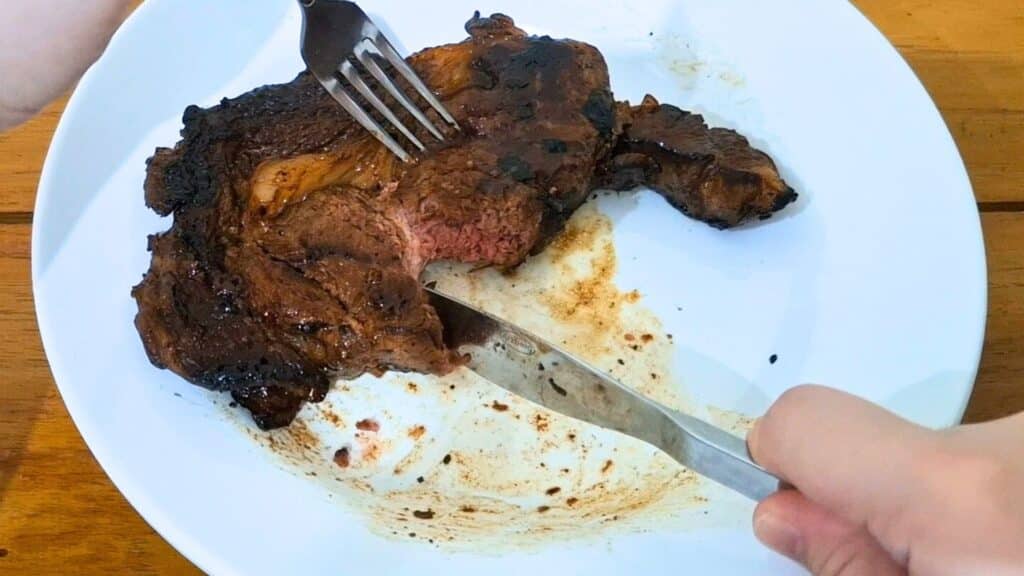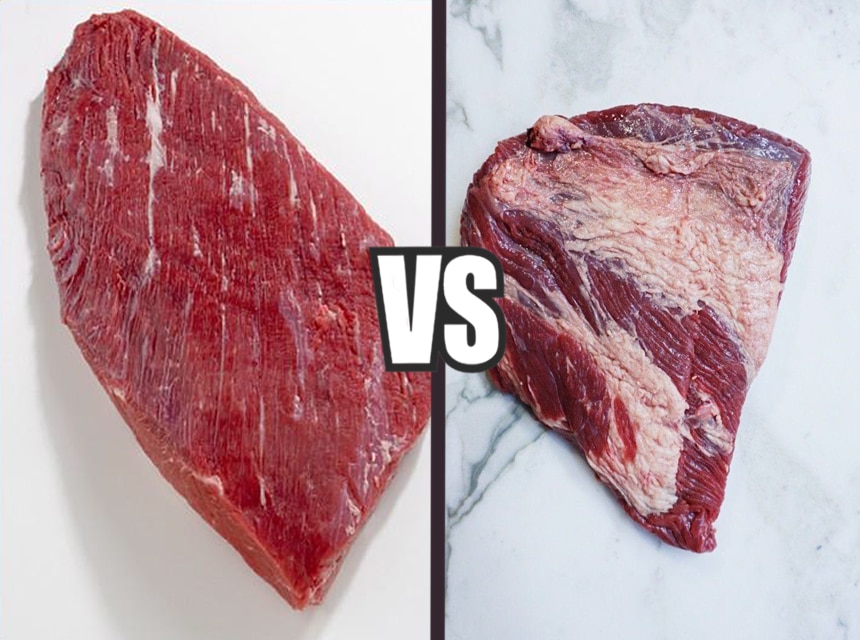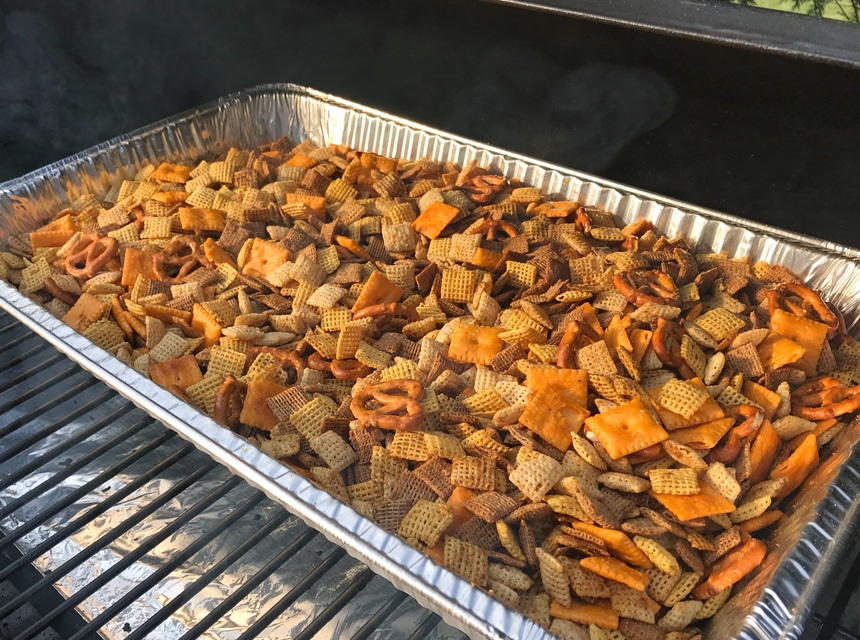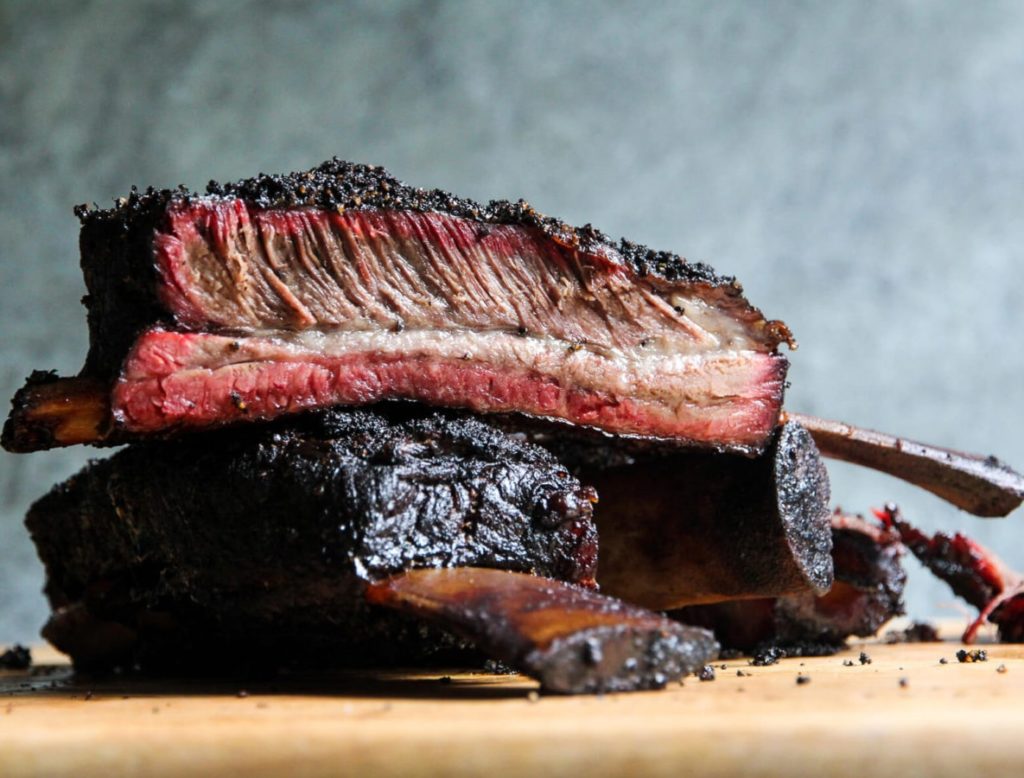

You don’t have to get yourself worked up if you struggle to tell the difference between spare ribs and baby back ribs. The confusion mostly stems from the cuts’ many similarities. Apart from being ribs, both of them are cut from a pig’s rib cage. However, they’re cut from different sections.
The differences between spare ribs and baby back ribs range from thickness to level of fat to flavor. With these factors, you can tell the differences between the two types of ribs although it’s not that simple. This article will put up spare ribs vs baby back ribs to help you learn the key differences that can help you distinguish between them.
Maybe you didn’t know, the spare rib and baby back rib’s meat contents are not the same. Their best styles of cooking even differ as you’ll soon find out. Join us on the ride as we delve into the world of two types of ribs.
As we mentioned before, baby back ribs are cut from a section of the rib cage. Specifically, they’re cut from the upper part of the rib cage. You might be wondering why the “baby”, the name came as a result of the ribs’ shorter size to the spare ribs. The baby back ribs are located above the spare ribs, just under the animal’s loin muscle, and are connected to its backbone.
Moreover, the baby back ribs weigh less and cook faster than spare ribs thanks to their tenderness and leanness. Some of them even come with a little amount of loin meat. Besides, the average rack of baby back ribs typically weighs between 1 – 2 pounds and contains 10 – 13 bones, making them just enough for two adults. The shortest bones of the baby back ribs are usually around 3 inches while the longest bones are typically about 6 inches.
Of course, not all baby back ribs on the market are great, there are things you have to look out for to ensure that you’re buying the best. Fresh ribs are deep pink and they possess marbling throughout. If you’re looking for the best baby back ribs, ensure that they have these qualities. When smoking the ribs, it’s the marbling that is rendered out.
By now, you have a little insight into what spare ribs are. You know they come from the rib cage but what you probably don’t know is that they’re cut from the lower portion and below the baby back ribs. Specifically, they come from the animal’s breastbone and belly, running behind the shoulder.
Also, spare ribs are flatter and larger than baby back ribs. As we hinted earlier, they also weigh more than baby back ribs. They typically weigh around 3 pounds per rack. Plus their meat has more fat marbled through them, thus resulting in more flavorsome meat. In a similar manner to baby back ribs, spare ribs also include 11 to 13 bones according to Wikipedia.
The color of your spare ribs says a lot about the meat. The best spare ribs are darker red in color with porky, succulent meat. You can learn how to trim them properly with this video:
The battle of baby back vs spare ribs and which is better is not an unpopular one and we have no doubt you have learned some of the differences between them. To enhance your knowledge of the two types of ribs, we will discuss their differences using some important parameters as you’ll see below:
Like every other cut of pig, you either smoke the baby back ribs and spare ribs or grill them. Some even just heat them in the oven. While you can use both cooking methods for the two types of ribs, they have different methods that are best for them.
For example, smoking the baby back ribs is the best method for cooking the meat. As we mentioned before, it cooks much faster than the spare ribs, making it perfect for smoking. Your pellet smoker’s wood will also add to the flavor of the meat, leaving a very pleasant taste in your mouth. If you need the best wood to smoke ribs and you’re wondering what are the parameters for one, you don’t need to sweat it. Just look for a wood that offers your favorite flavor, whether spicy, smoky, or sweet.
Also, there’s the concern of finding the best pellet smoker. You’ll have to make a choice based on versatility, the presence of temperature control, and your preferred dimensions & weight.
Back to our earlier discussion, the best cooking method for the spare ribs is grilling. Since it is thicker, it’s best treated to a low and slow cooking method. All you need to do is acquire the best Z Grills to do the job. The brand is well known for creating versatile grills. If you’re having trouble finding the right model, help is here. According to most reviews, the most reliable model should be the Z Grills-700E, thanks to its performance-enhancing design, time-tested reliability, and exceptional ease of use.
 Meat content
Meat contentWhen it comes to meat content, the Spare ribs are meatier than baby back ribs. Little wonder that the spare ribs are thicker than the back ribs. If you’re looking for more meat content, you should go for the former.
Most people favor spare ribs to be more flavorful than baby back ribs. We also found that to be true after a tasting process. The spare ribs’ superiority here is mostly due to its marbling that makes it to be juicier.
The United States Department of Agriculture (USDA) recommends safe cooking temperature for whole cuts of pork to be from 160° F to 145° F. However, if you cook spare ribs to 145° F, they may remain tough. Cooking up to 190° F – 200° F makes the meat juicier and more tender. This may take you about 4 to 5 hours.
The baby back ribs, on the other hand, can be cooked at 225° F for a cooking time of 5 hours or 250° F for a cooking time of 4 hours.
Another factor that separates the two types of ribs is their storage period. While the spare ribs can be refrigerated for up to 3 days, the baby back rib stays up to 4 days in the refrigerator.
As we’ve hinted a few times in this article, baby back ribs cost more than spare ribs, mostly because of their soaring popularity and tenderness.
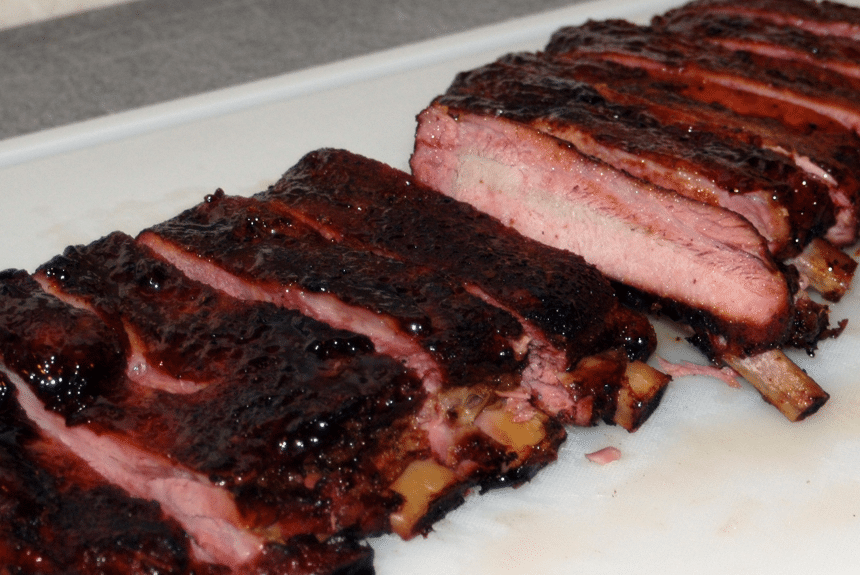
Place the meat on your smoker and let them smoke for about 2.5 hours, spritzing them with apple cider every 45 minutes.

After our comprehensive comparison of spare ribs vs baby back ribs, we can confidently affirm that they’re both excellent cuts. Although one may be more flavorful than the other, the other may also be more tender. There’s no clear winner between the two types of ribs; your choice should be based on your preference and budget. We hope that we have been able to help you learn the difference between spare ribs and baby back ribs.
